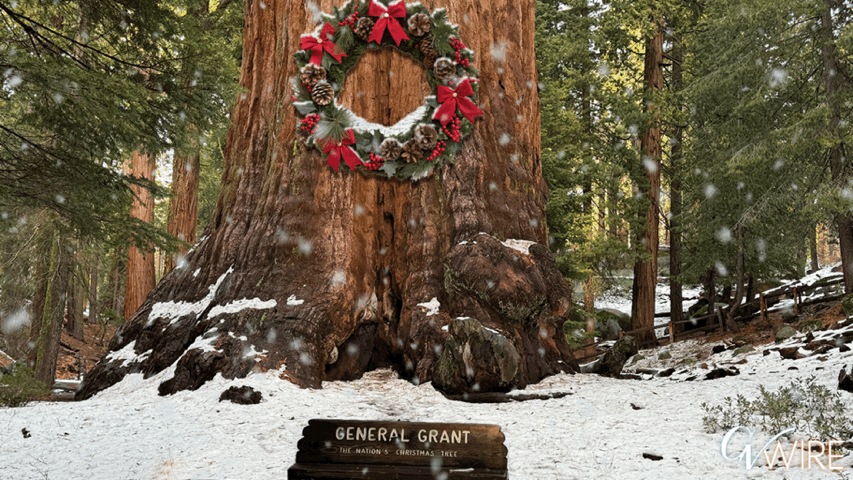Share
For many decades, the decennial chore of redrawing California’s congressional and legislative districts was relatively simple.

Dan Walters
Opinion
Every 10 years, following the census, legislative and congressional leaders would hire some knowledgeable number-crunchers and privately divvy up the districts for purely political purposes.
If one party controlled both the Legislature and the governorship, it would maximize its ability to remain in power. The maps that the dominant Democrats drew up after the 1980 census was the last time California saw a blatantly partisan gerrymander.
Republicans howled and persuaded voters to overturn the plan via a referendum, but the state Supreme Court ordered that the rejected maps be used anyway for the 1982 elections, in which Democrats retained their control of the Legislature and the congressional delegation.
Assembly Speaker Willie Brown publicly thanked “Sister Rose and the Supremes” for helping his party overcome the referendum, referring to Chief Justice Rose Bird. It fueled a successful drive to oust Bird and two other justices when they stood for re-election four years later.
Redrawn Districts Favored Democrats
After the 1982 election, Democrats enacted a slightly altered version of the gerrymander and then-Gov. Jerry Brown signed it just before leaving office. The congressional map was particularly slanted toward Democrats and its primary creator, San Francisco Congressman Phil Burton, laconically called it “my contribution to modern art.”
Control of redistricting was the primary, if unspoken, issue of the 1990 campaign for governor, and after Republican Pete Wilson won he vetoed a new set of maps drawn by Democrats, throwing the issue into the state Supreme Court. The court generated maps of its own that allowed the Republicans to make some gains in the 1992 and 1994 elections.
Democrats once again controlled the Legislature and the governorship after the 2000 census, but a partisan gerrymander was blunted by other factors, including an implicit threat of intervention by the U.S. Department of Justice under President George W. Bush.
The upshot was a bipartisan gerrymander aimed at protecting all incumbents and preserving the partisan status quo in both the Legislature and Congress, while ignoring dramatic demographic shifts, including a big surge in Latino population.
Independent Commission Created
Overt gerrymandering ended a decade later, after voters approved two initiatives — hated by leaders of both parties — to shift the decennial mapmaking to an independent commission that would ignore partisan considerations, draw districts to follow, where possible, city and county boundaries and preserve “communities of interest.”
On the whole, the commission was faithful to its mission, but nevertheless, Democrats made big gains in congressional and legislative seats — eventually winning three-fourths of both as GOP voter strengthen plummeted.
With data from a new census — much delayed due to the COVID-19 pandemic — a new commission is working on new maps under a very tight deadline. It’s been a rather messy process — a “hot mess,” in the recent words of one commission member. Drafts of the new maps were released last week and it’s apparent that they are likely to change quite a bit before the Dec. 27 deadline.
That said, it’s obvious that Democrats will retain their overwhelming legislative and congressional supermajorities and could gain a few more seats simply because demographic trends continue to run their way.
Most of the uncertainty is in the 52 congressional districts — one fewer than before due to California’s slow population growth. Democrats are struggling to retain their paper-thin control of Congress, and a handful of toss-up seats in California could be the difference.
However, until the final maps are filed six weeks hence, no one can truly predict who will survive and whose careers will end.
About the Author
Dan Walters has been a journalist for nearly 60 years, spending all but a few of them working for California newspapers. He now writes for CalMatters, a public interest journalism venture committed to explaining how California’s state Capitol works and why it matters. For more columns by Dan Walters, go to calmatters.org/commentary.



















